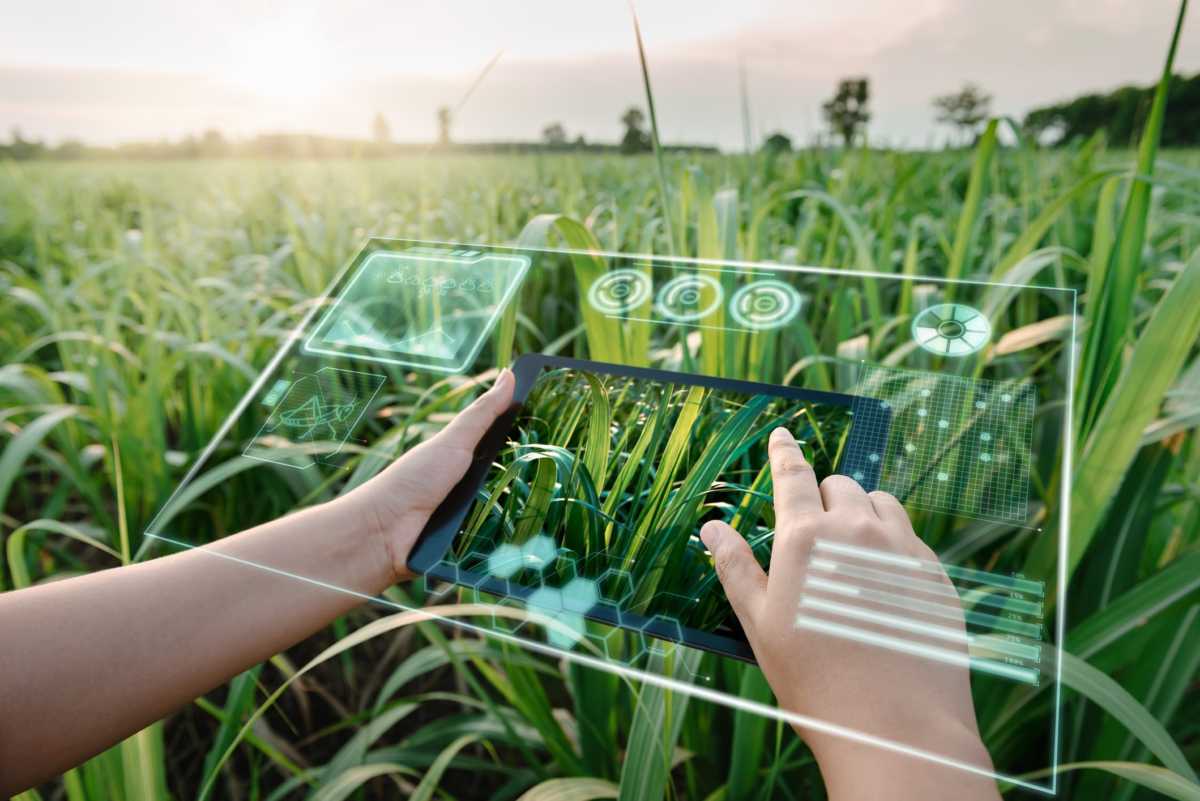



Remote sensing refers to the process where scientific data and observations are collected about an object without needing to be at the same location physically. This exercise is often carried out through a variety of instruments, including measuring an object’s reflected and emitted radiation through a satellite or plane.
Remote sensing in agriculture refers to the process of collecting information about soil and the land. Through ground observation posts, satellites and aircraft observations, scientists and agricultural experts are able to measure characteristics like nutrient deficiencies, water deficiency or surplus, weed infestations, insect damage, hail damage, wind damage, herbicide damage, plant populations and presence of diseases.
The collection of this data allows for the easy implementation of precision farming. Precision farming refers to a farming management concept where inputs are carefully chosen to increase average yields.
Inputs include material like fertilisers but also the amount of water given to crops, choice of crops, cropping practices, and more. Through careful planning, precision farming leads to a higher average yield per unit of land when compared to traditional farming while also using available resources and inputs judiciously.
Essentially, it tells farmers the ‘what, when, where and how’ for farming their crops.